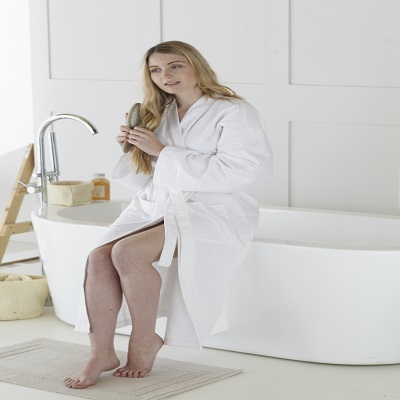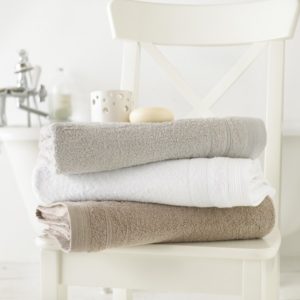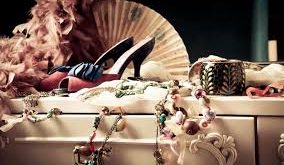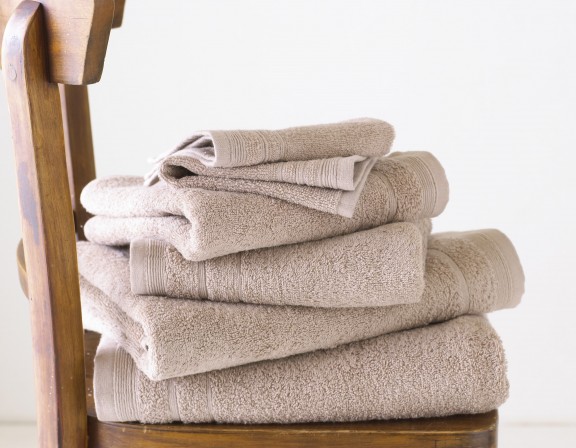We all love our bathrobes and we use them after a bath or as lounge clothes when we want to relax in the house. As we can easily imagine, the post-shower attire is not an element of modernity, as we have all seen representations of its variants that go back to the dawn of time. Today, the bathrobe is a basic element of comfortable luxury and self-care, but we find it interesting to know more about its evolution through the ages. Let’s see the full history of bathrobes and learn new things about these beloved garments!
Etymology and early history.
The origin of the word comes from the French “robes”, which means “dress”. The term refers to women’s dresses, but men should not worry about it, since robes and bathrobes are universal garments neutral to the genre. As we know, we now have a lot of amazing bathrobes for men and they have no problem using them.
On the contrary, some male celebrities wear brand name gowns with pride, acquiring exquisite tastes for them.
Back to the etymology of the word, the French word entered the languages and common speech, representing a loose and loose garment with sleeves.
Ancient Greece
Some of the first descriptions of robes come from ancient Greece. In the ninth century BC, the Greeks wore garments known as chitons, brightly colored robes with embellishments at the hem, which symbolized the user’s place of residence.
One of the main differences between old robes and modern bathrobes is the presence of sleeves. While we know that the ancient Greeks wore many versions of capes and togas (many of which had no sleeves for obvious reasons), they also used a forerunner of our bathrobes, usually made of thin, lightweight fabrics.
Ancient Rome
The Romans also began to wear robes similar to ancient robes. The ancient Romans used to wear such robes under their robes on special and formal occasions, being also a symbol of social status. For example, a higher social status meant longer robes with thicker colored stripes.
Ancient Japan
The closest relative of modern bathrobes and robes is the Japanese kimono. A garment so popular that it still inspires contemporary tunic designs, the kimono changed the way the world viewed clothes in general.
The kimonos appeared for the first time in the Heian period (around 800-1000 AD). The Heian kimono came with a new tailoring technique, known as the straight line method. Even the kimono, the Japanese used to wear two-piece garments, which consisted of blouses / jackets and pants / skirts. The new shape and style of the kimono offered the user a type of clothing that covered the entire body. In addition, clothing manufacturers no longer had to worry about the gender or shape of the wearer’s body, since the kimono simply enveloped the body.
This type of one-size-fits-all tailoring for all models is still present in modern bathrobes, although we also use bath robes and gowns specifically tailored for women and men, respectively. In Japan, people still wear kimonos outside the home, such as traditional clothing, at ceremonies, tea parties, weddings, funerals and other special events.
China and Japan are famous for their old and new kimonos, especially because the tunics were made of natural silk and other refined fabrics, showing vibrant colors and intricate details. The coloring, printing, sewing and decoration of tunics and kimonos represents today an art form in these two countries, which is not conserved in the western world. In fact, the western world is willing to pay a lot for the kimonos and robes of traditional Chinese and Japanese crafts.
Recent history in Europe
Inspired by their predecessors, Europeans also began to wear robes as formal garments for outdoors. Organized religion and academy began to show robes around the 12th and 13th century. The clergy of the Catholic, Orthodox and Anglican churches began to wear the cassock, a precursor of today’s robes. You can still see the clergy wearing cassocks at formal and special events and ceremonies.
In the 12th and 13th centuries, the clergy also began to found some of the most important European universities of today. It was logical that some traditions find their way from the church to the classroom. The early academic costumes represented the standard daily wear for academics and even students. Today, we can only see them at graduation ceremonies.
We do not know if the English court of justice wanted to compete with the church and the university in terms of fashion, but one thing is certain in the Rules of the Judges of 1635, the court of England ordered the use of robes to distinguish the members of the legal profession of other members of society.
In many European countries today, judges and even lawyers wear robes in court, but it is simply a form of tradition than anything else. In the United States, judges wear robes, while members of the legal profession wear “civilian” clothes.
Modern history of the bathrobe.
One of the direct fathers of the modern bathrobe is the 18th century banyan: a bathing suit, a robe or a nightgown worn by men at home as a kind of robe over their shirts and pants. The banyan looked like a loose, T-shaped garment of cotton, linen or kimono-style silk.
The banyan rose to fame in the eighteenth century as a staple of intellectuals and philosophers. The men stood up for the painters to make their portraits with banyans while sharing the opinion that loose clothing improved the faculties of the mind (just look for the portraits of Sir Isaac Newton).
If you look at the documents of those times, you will see men wearing glamorous banyans and bright colors in their portraits. The women took things a bit longer, of course, and began wearing banyan as fitted into luxurious fabrics and exquisite decorations. Despite the name of nightgown, the banyans were not indoor clothes. On the contrary, they were zones of informal choice in summer in warm and humid zones, like colonial Virginia.
Bath robes today
Since the 18th century, the Banyans evolved and progressed, inspired by the relaxed style of Asia. As more and more people began to use them, they also modified the fabrics, making the robes thicker, warmer and, therefore, more versatile. While we no longer wear bath robes outside the home, we still love having them in more than one cut or fabric to use depending on the season, our needs and desires. Now we have silk, velvet, cotton, fleece and many more.



